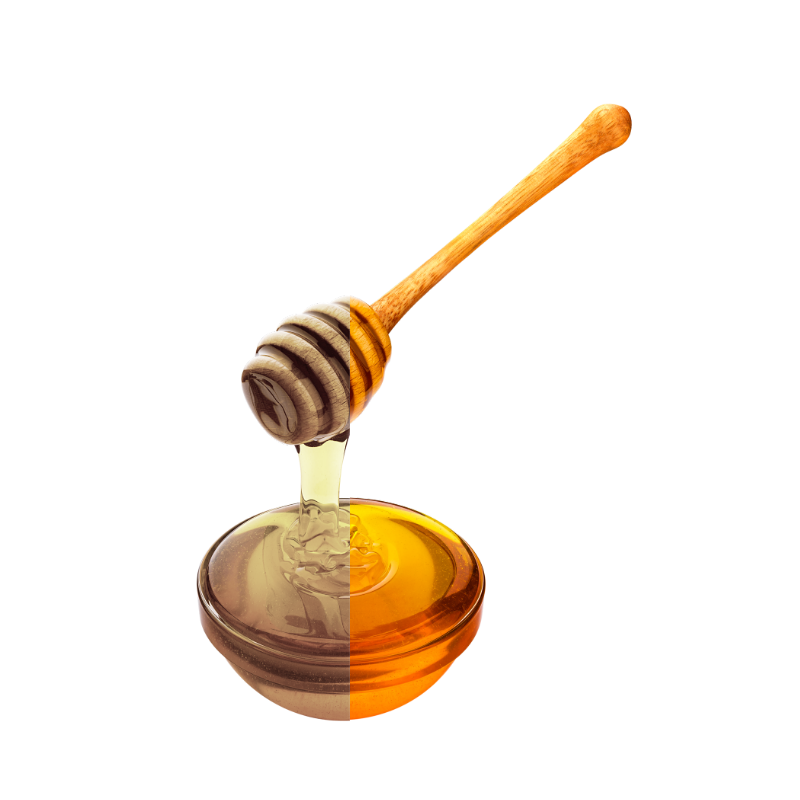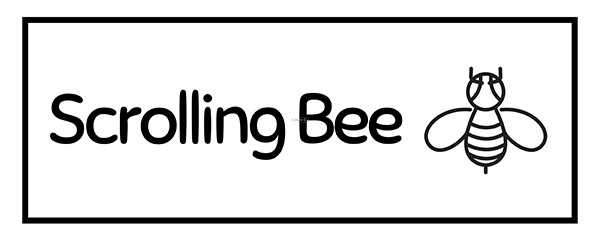
Truly Pure and Delicious Honey!
I’ve been using Scrolling Bee Honey for more than a year now, and it has consistently exceeded my expectations. The honey has a rich aroma, smooth texture, and natural sweetness that adds the perfect touch to my teas and desserts. It tastes pure and authentic, without any artificial aftertaste, and always feels incredibly fresh.
This product truly stands out in terms of quality and flavor, making it one of the best honey options available in India. Highly recommended for anyone who values genuine, natural honey!
I prefer a slightly neutral honey taste so this rosewood tree honey is just perfect for me! It sort of has a caramelised taste to it which is nice.


